Forge Sintering Bronze Day 1: I'm in the shop today working on some new ways to sinter parts that have already been...
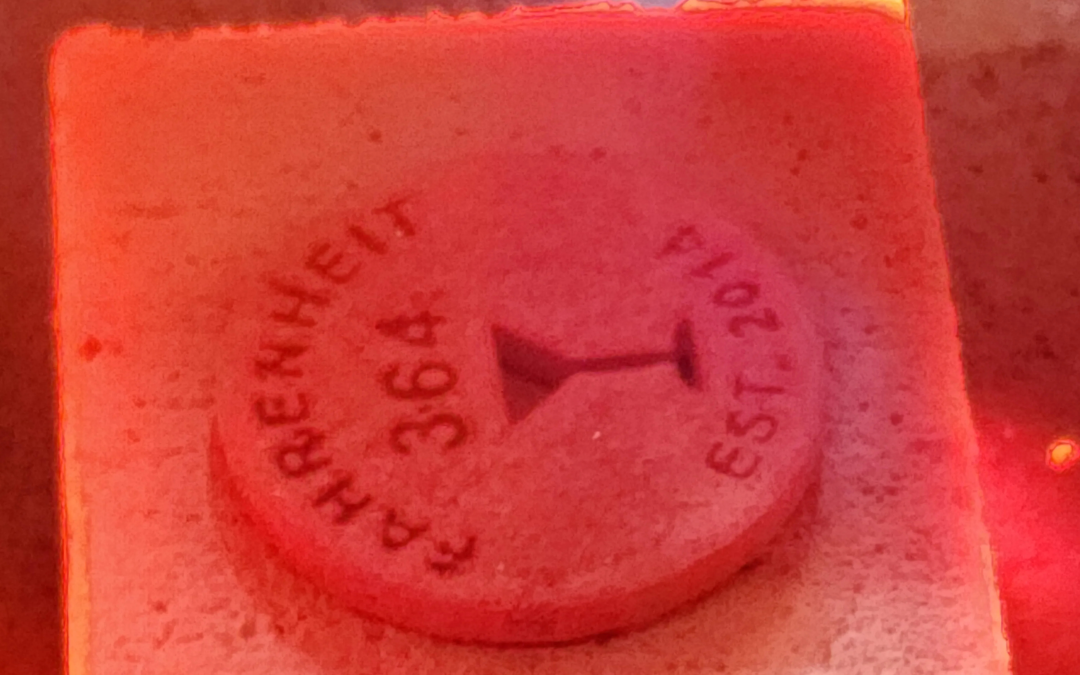

Forge Sintering Bronze Day 1: I'm in the shop today working on some new ways to sinter parts that have already been...

Bronze-Age Relic? or, was this pure bronze work of art 3D printed in someones basement just last week? Drumroll...
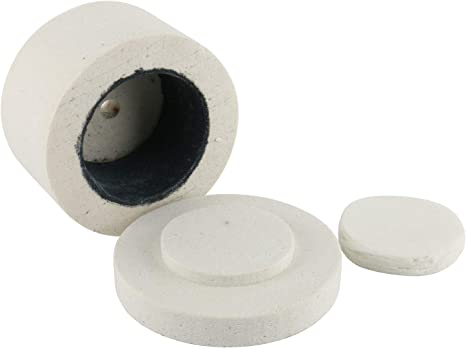
Could it really be this simple? Early proof of concept is indicating YES! it is. TVF Partner Innovator Highball has...
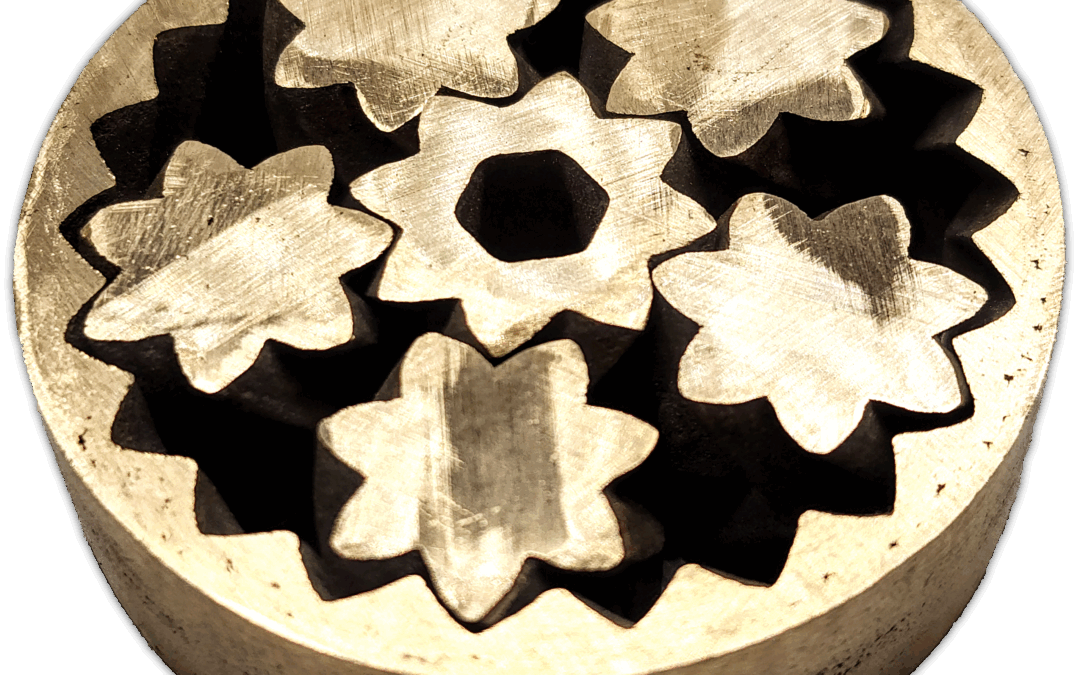
FOR IMMEDIATE RELEASE: 10-5-22The Virtual Foundry, [email protected] 3D Print Metal on a...
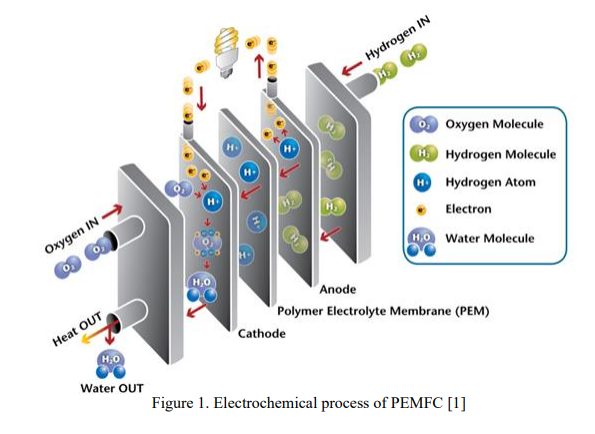
3D Printed Titanium Breakthrough! A newly published paper by David Alexander of the University of Texas at El Paso,...
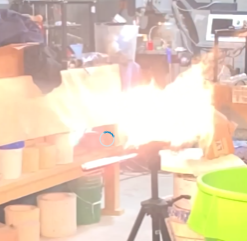
Why is Aluminum more difficult to sinter than the other materials we work with at The Virtual Foundry? It's actually a...
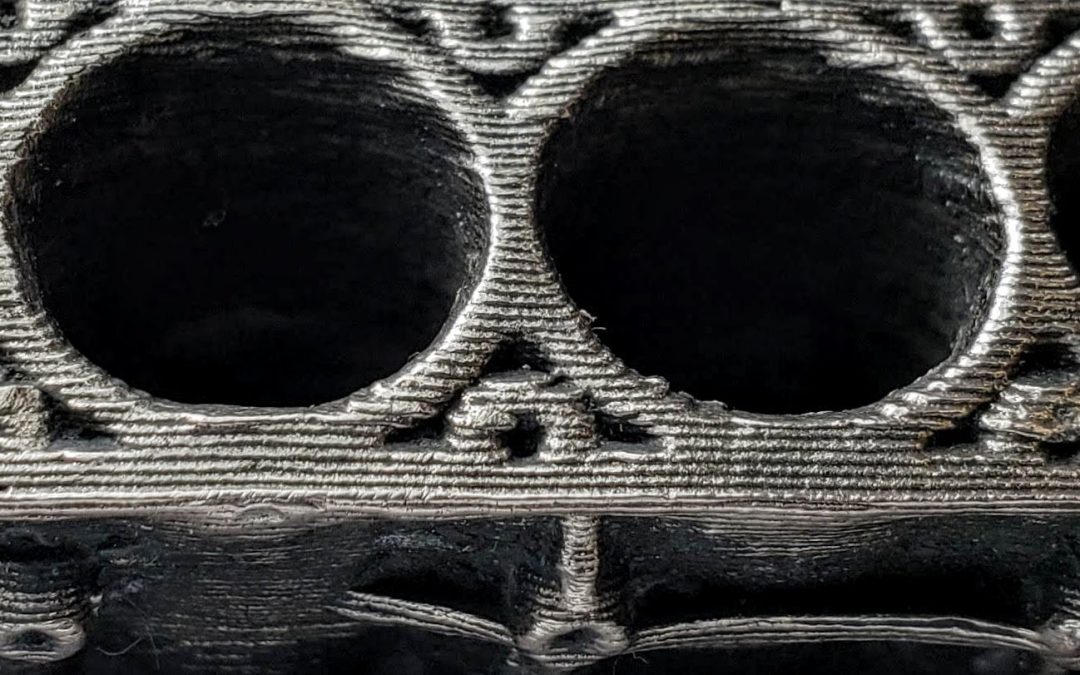
Since the beginning of The Virtual Foundry, I've been experimenting with nearly every variation, adaptation and...

I just got back from a remarkable spectacle, Make48 at Fab-Lab Stoughton. -Sponsord by Trek (and Trek went all in!)...

Roman Coliseum in Copper Let's take a look at FFF Metal 3D Printing. 3D printing used to be the stuff of sci-fi...